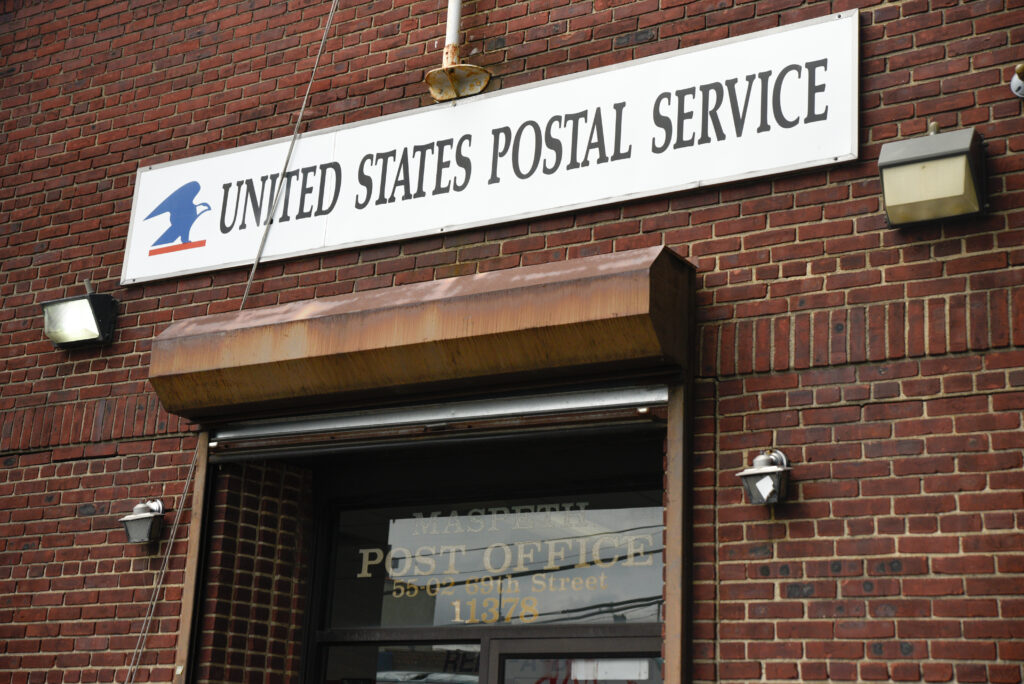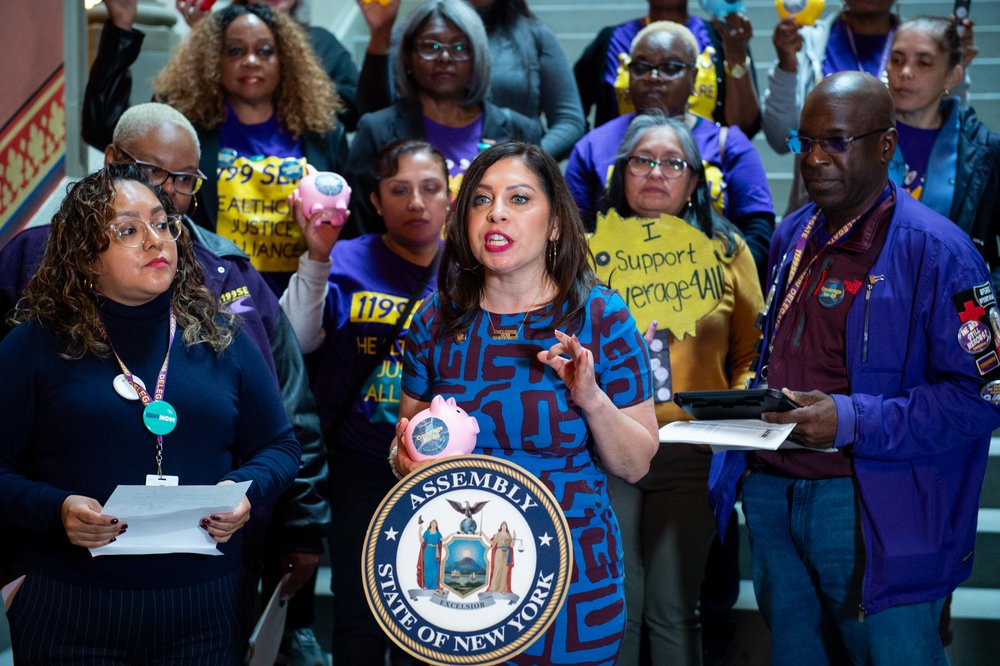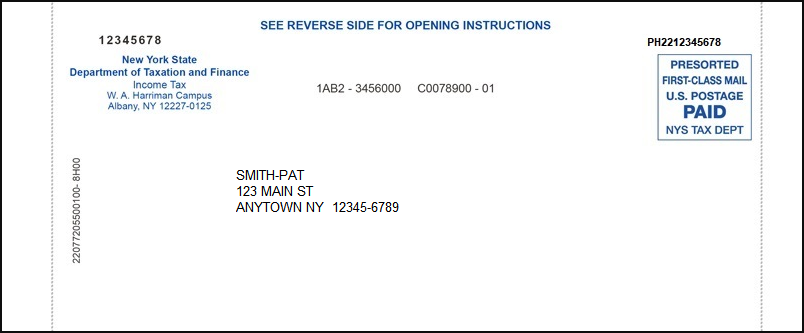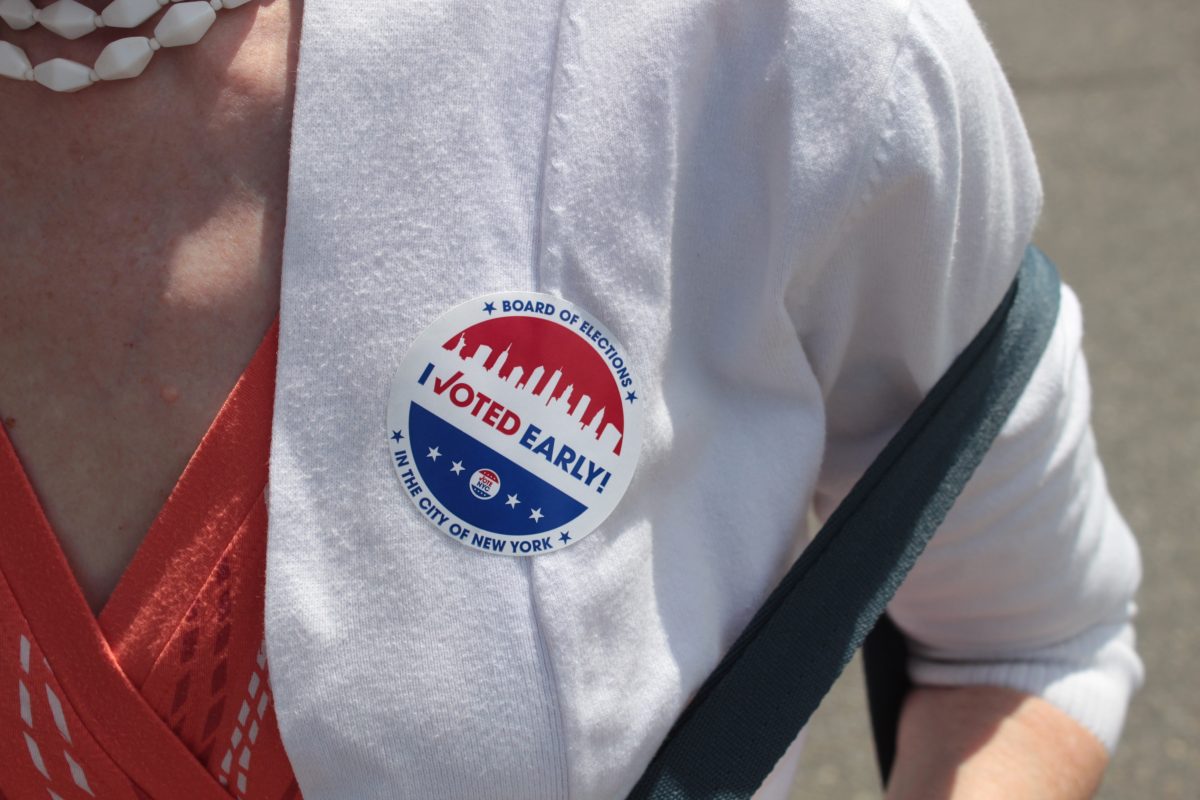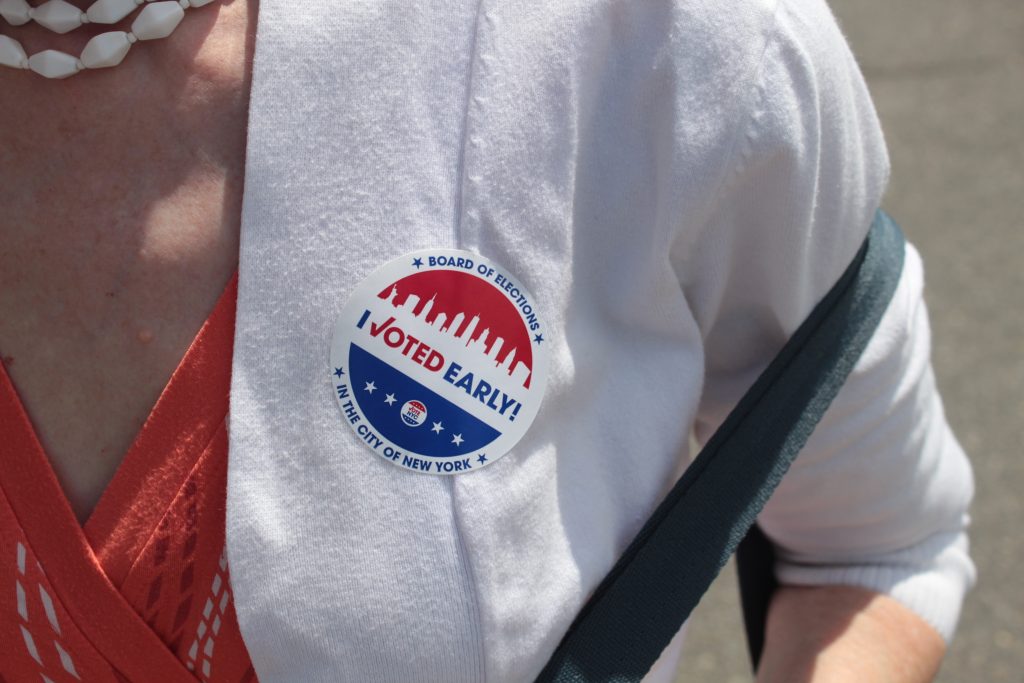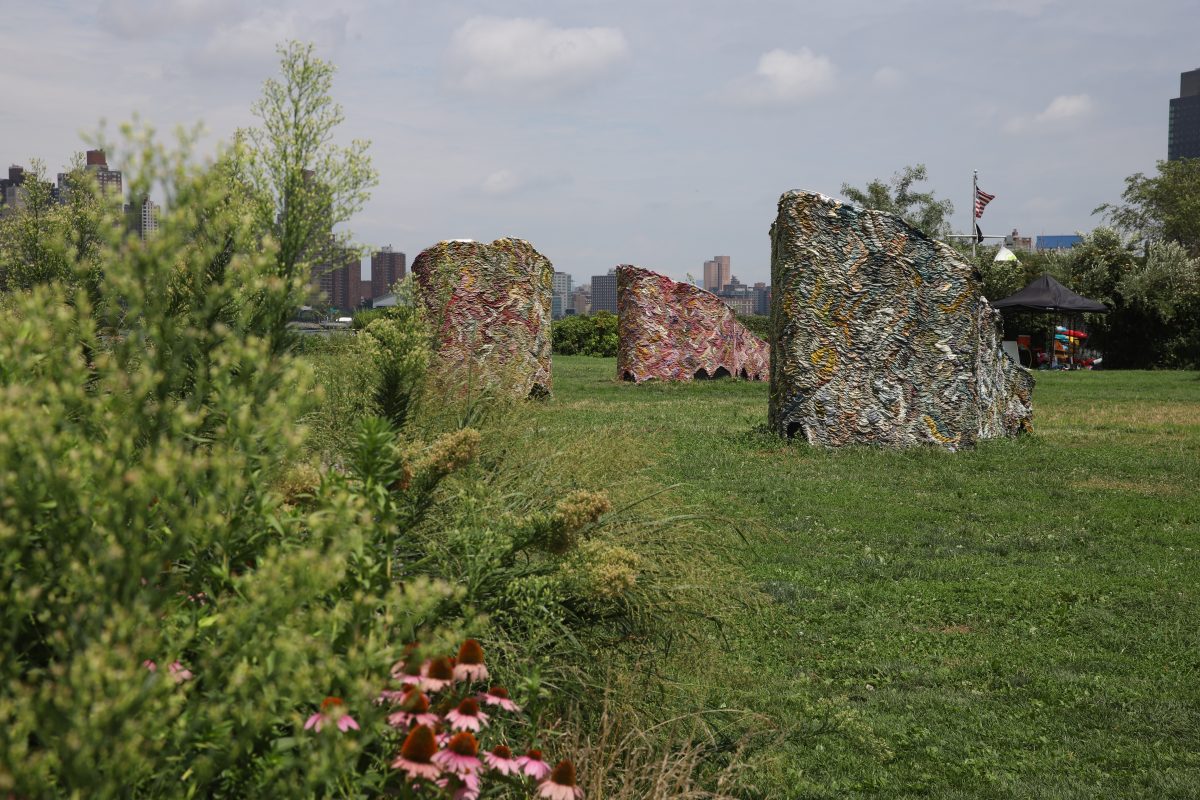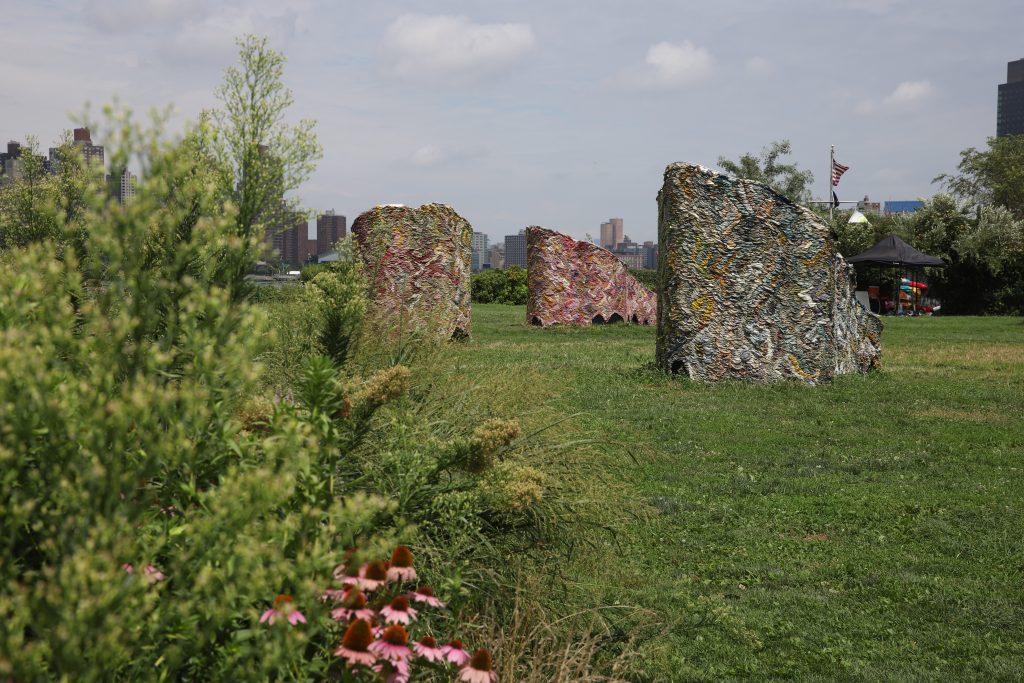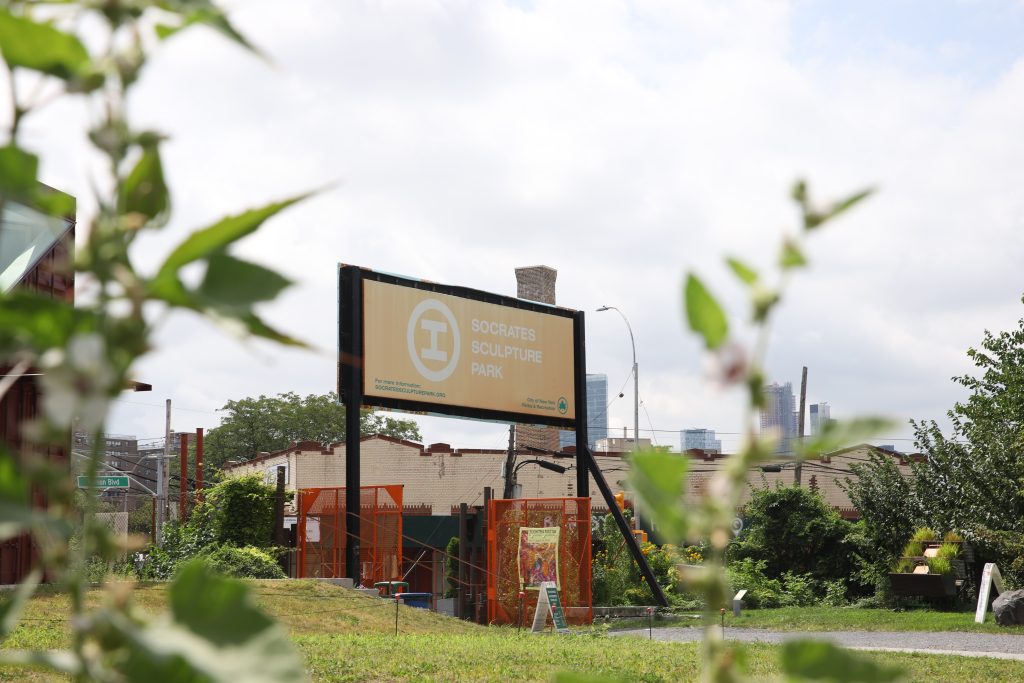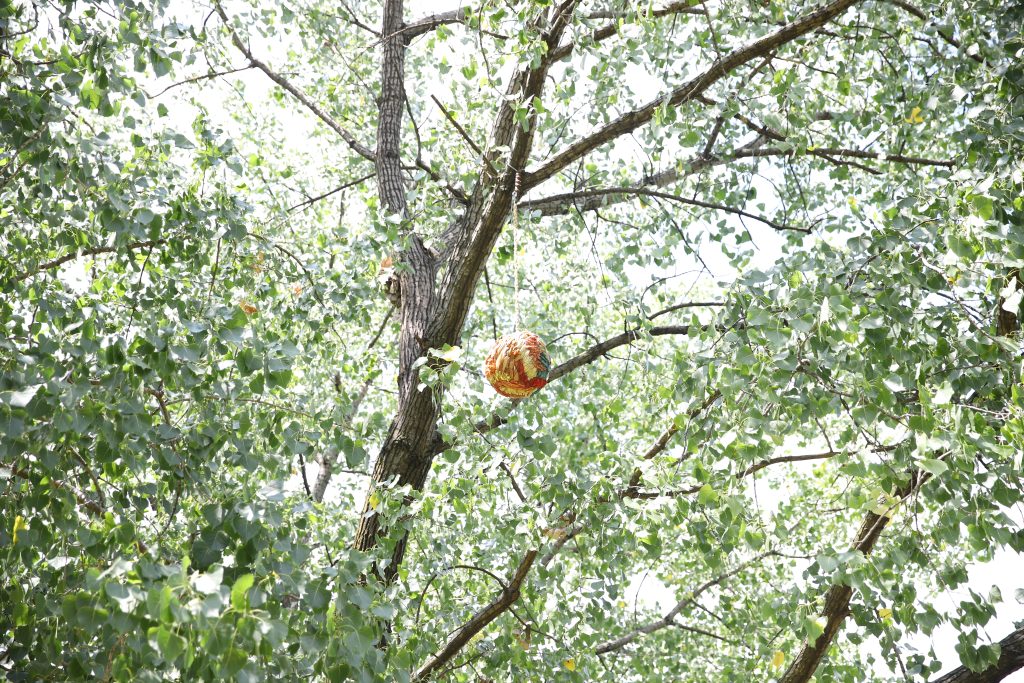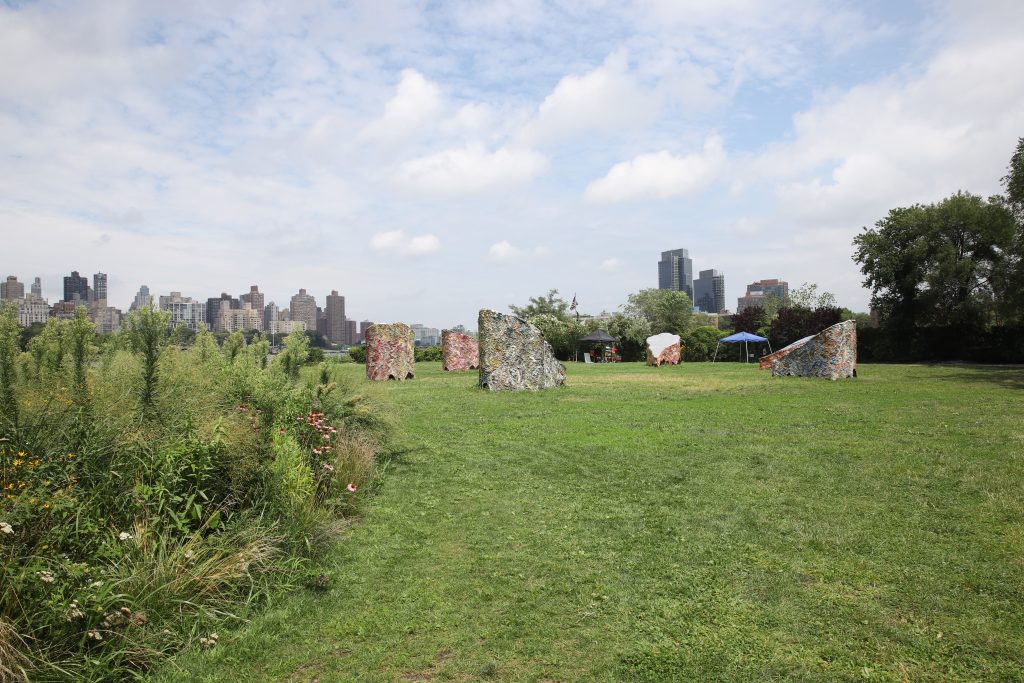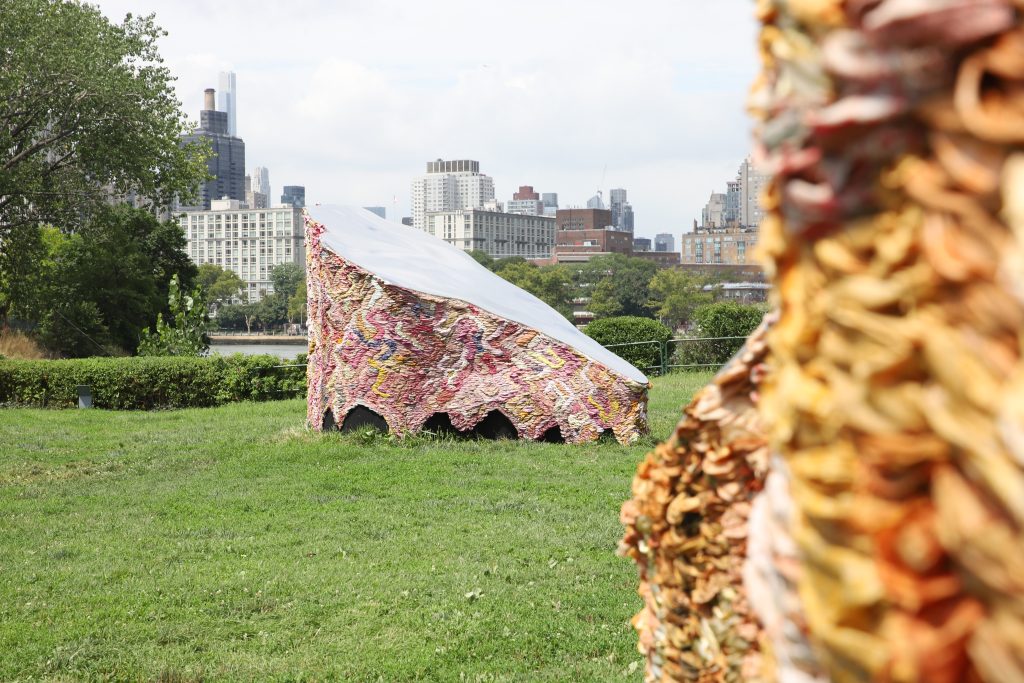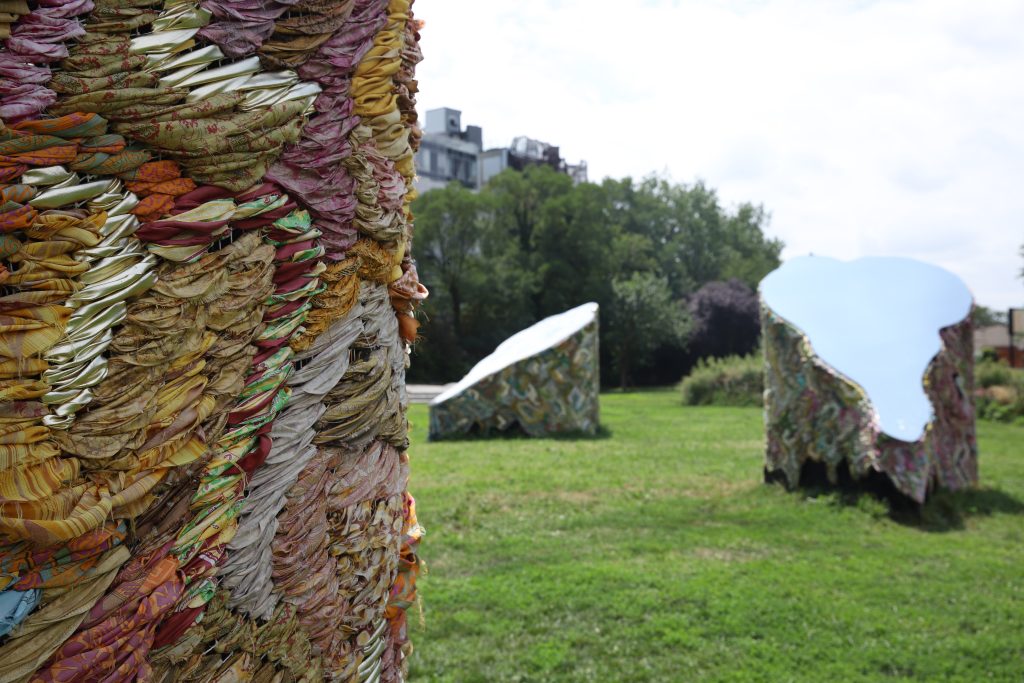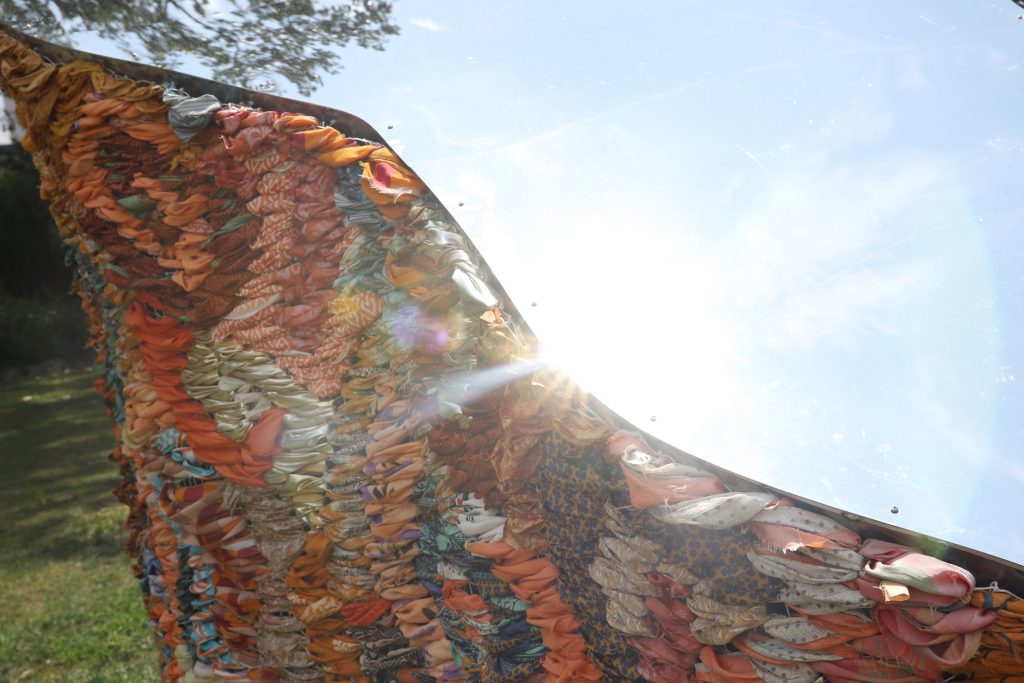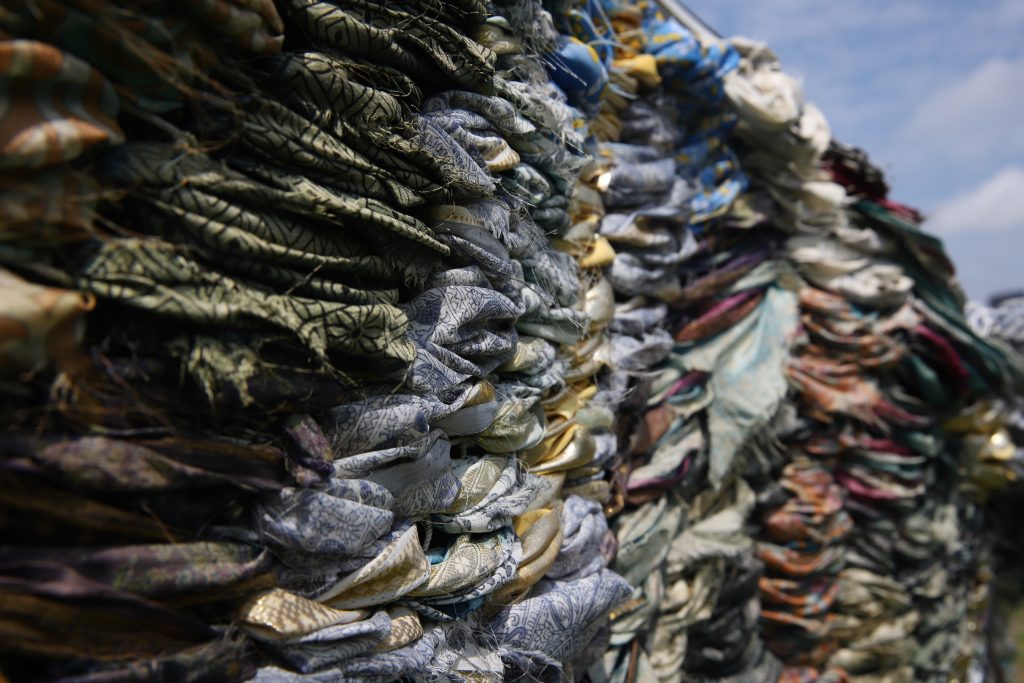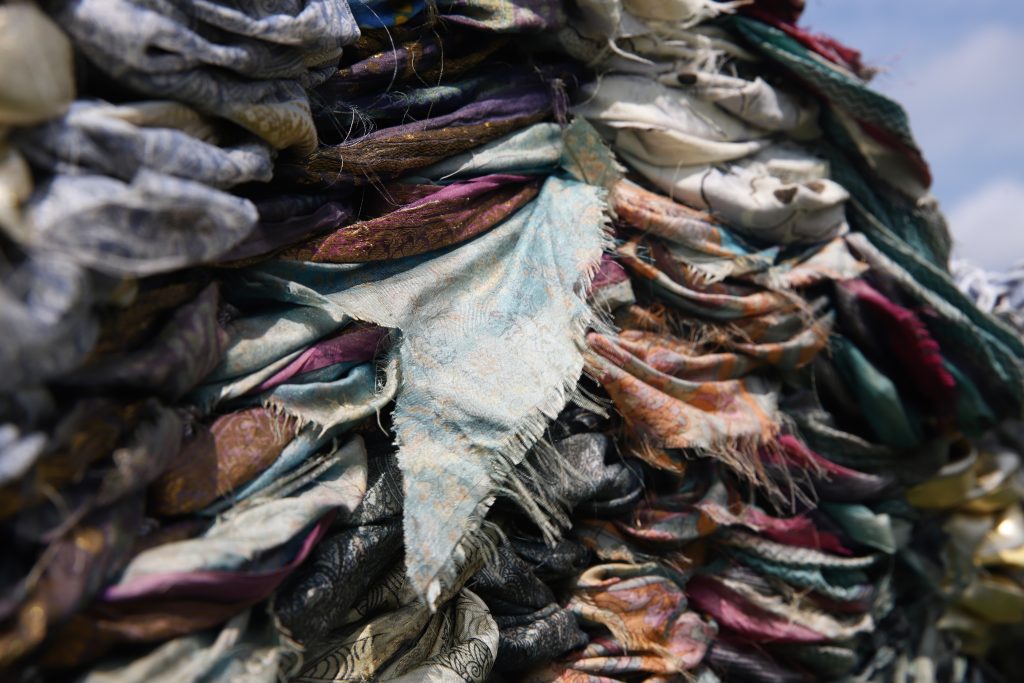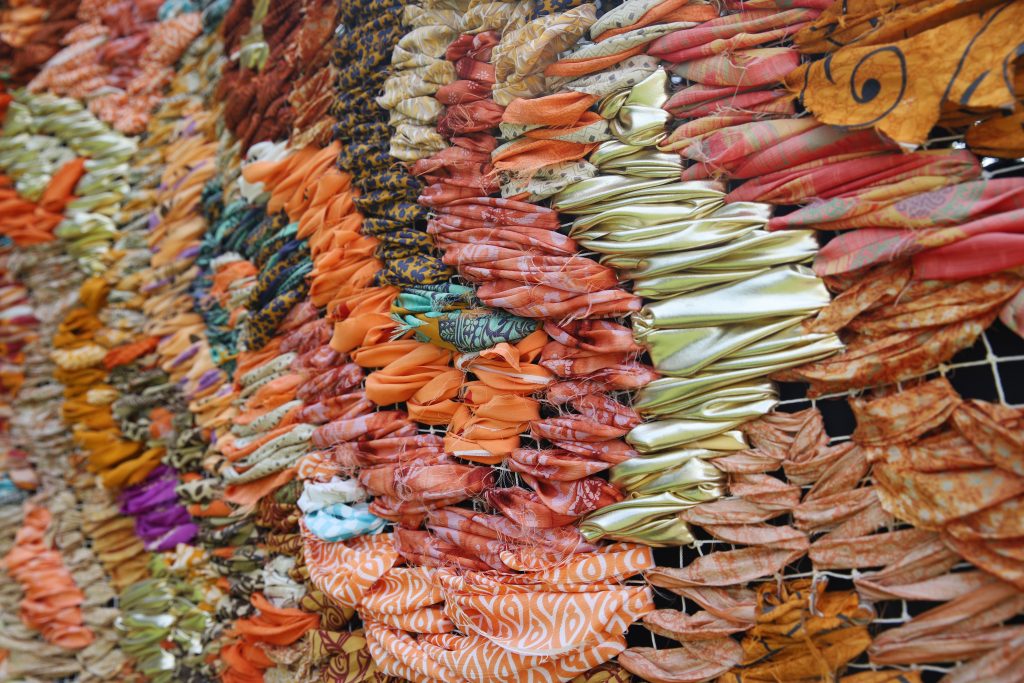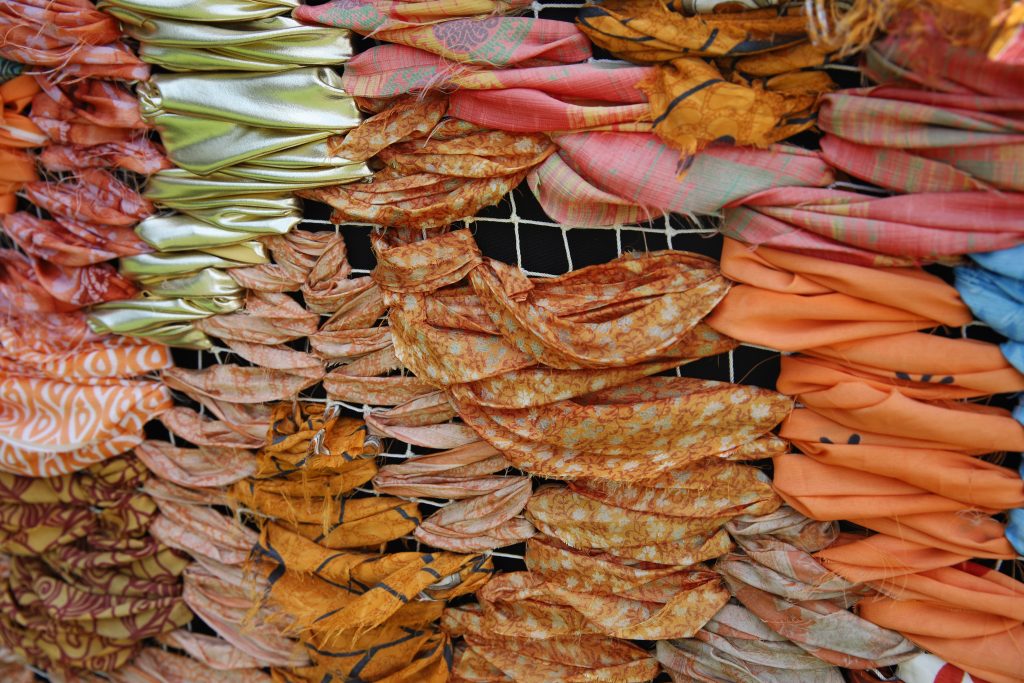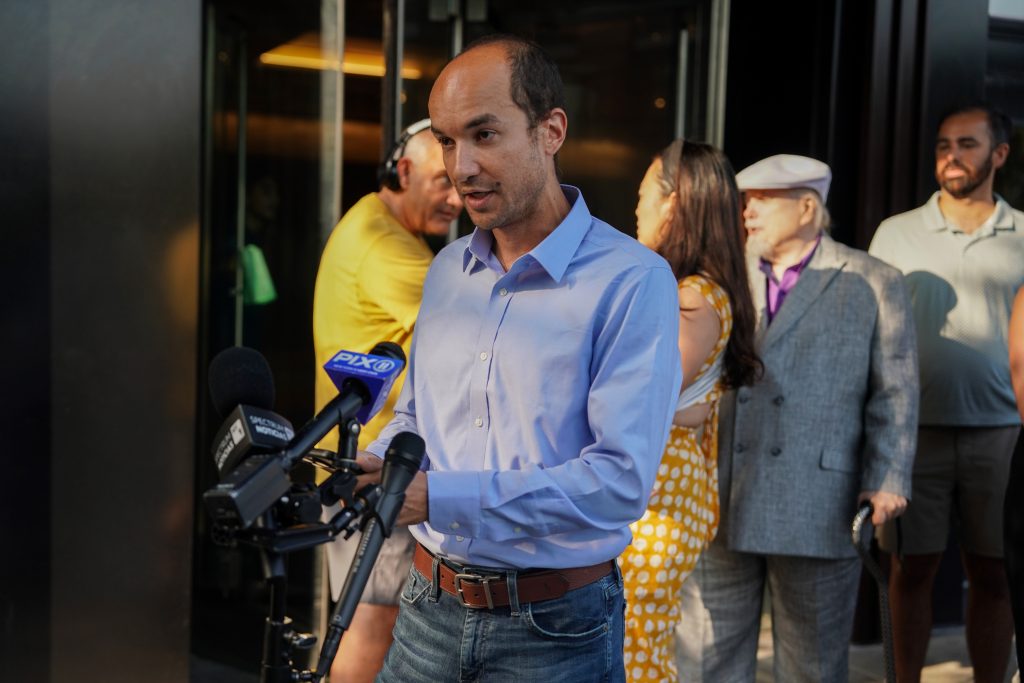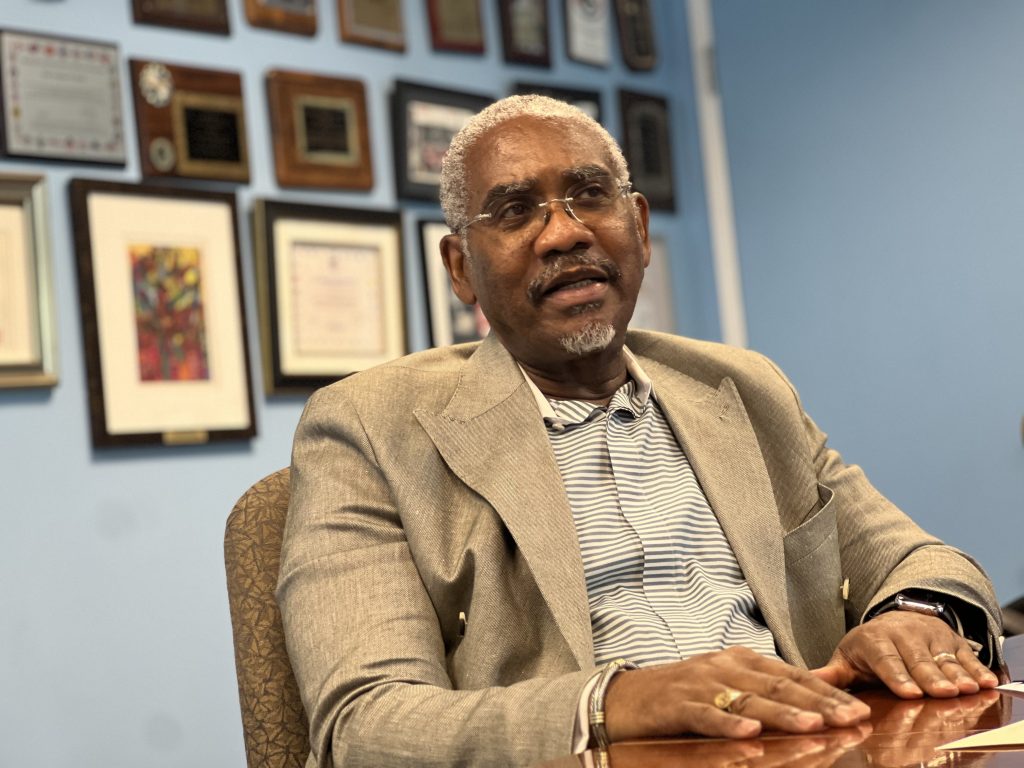By MOHAMED FARGHALY | mfarghaly@queensledger.com
Charter Communications, Inc., which operates the Spectrum brand of connectivity and entertainment services, today announced it has awarded $80,000 in scholarships to four college students from Queens. Each student will receive $20,000 in scholarships and have the opportunity to participate in a two-year educational and professional development program through the Spectrum Scholars initiative.
Each of the rising college juniors selected for the 2024-2025 program will receive a scholarship for their junior and senior years, a Spectrum mentor, access to networking events, career readiness education, and the chance for a paid Spectrum internship. The program is tailored to the development needs of young professionals, empowering them to expand their skill sets, explore new career paths, and grow their networks.
Spectrum received over 930 applications for the Spectrum Scholars program this year. The 2024-2025 class includes 15 students from eight states and various academic majors. With this $300,000 commitment, Spectrum has provided $1 million in scholarships to students with financial need since 2020.
The 2024 New York City Spectrum Scholars are Jimmy Chen of Flushing, Queens, attending Rensselaer Polytechnic Institute for Computer Science; Brian Lin of East Elmhurst, Queens, attending Cornell University for Business Administration; Zhenbin Lin of Flushing, Queens, attending Stony Brook University for Computer Science; and Chidera Okonkwo of Cambria Heights, Queens, attending the University of California, Los Angeles, for Finance.
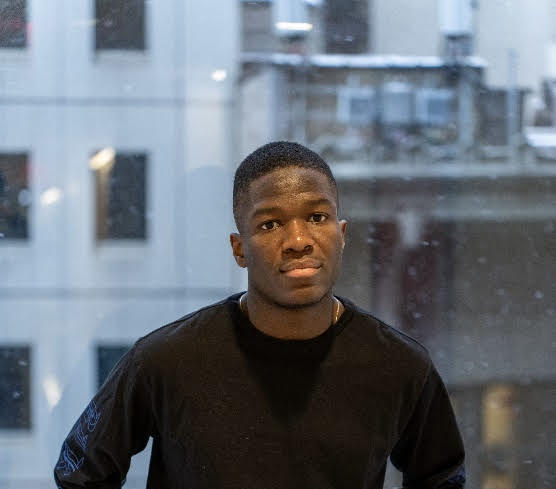
Chidera Okonkwo of Cambria Heights
The selection criteria focused on financial need and academic achievement.
“Spectrum Scholars creates a supportive and educational environment that arms students with the experiences and skills to prepare them for the corporate world while actively guiding them towards their desired career goals,” Paul Marchand, Executive Vice President and Chief Human Resources Officer for Charter said. “Now in its fourth year, the program builds a better talent pipeline and nurtures next generation leaders through meaningful financial support, mentorship and career development.”
The two-year educational and professional development program goes beyond financial support, offering professional growth opportunities through one-on-one mentorship, access to learning and networking events, and the chance to participate in a paid six-week internship with the company. These experiences are designed to ensure the Scholars’ long-term success by equipping them with essential skills and insights needed to thrive in their future careers.
Jimmy Chen expressed that being a Spectrum Scholar means having the chance to be part of a community of driven individuals passionate about technology and innovation.
“It means having the chance to be a part of a community of driven and talented individuals who are passionate about technology and innovation,” Chen said. “It’s a wonderful opportunity for me to grow, learn, and make meaningful impacts at Spectrum and ultimately, towards the world.”
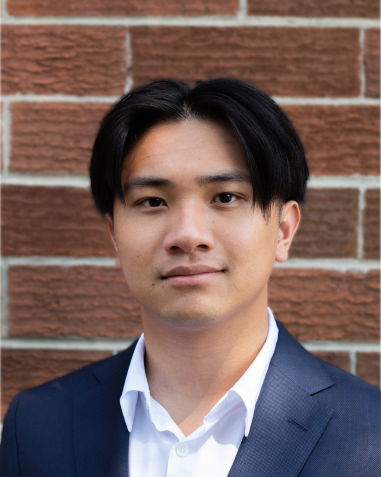
Jimmy Chen of Flushing
Brian Lin echoed this sentiment, stating that being a Spectrum Scholar means being part of a network of like-minded students who can help one another throughout college and beyond, and receiving mentorship now so that he can pay it forward in the future.
“Being Spectrum Scholar means being part of a network of likeminded students that can help one another out throughout college and for the rest of our lives, and receive mentorship now so that I can pay it forward at a larger scale in the future,” Lin said.
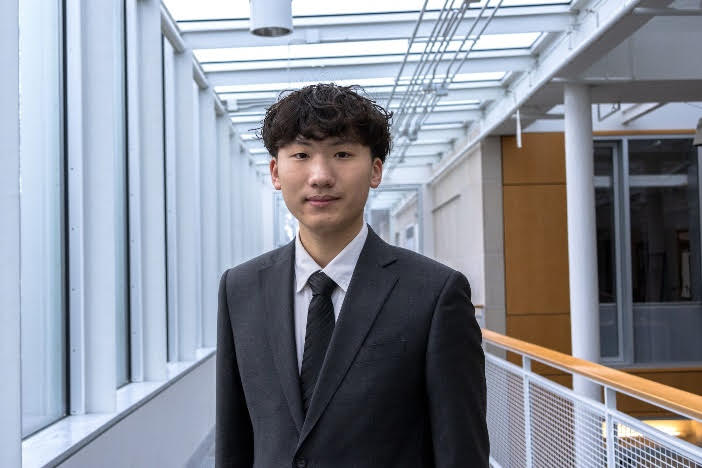
Brian Lin of East Elmhurst
The Spectrum Scholars program also provides unique access to networking and professional development opportunities, including the Scholars Summit, a three-day event hosted at Charter’s corporate headquarters in Stamford. In December, the 2022 and 2023 classes traveled from across the country for the 2023 Scholars Summit, where they participated in networking activities with Charter mentors and attended keynotes and career development sessions on topics like communicating in a corporate environment and exploring different career paths at Charter.
Mentorship plays a crucial role in the Spectrum Scholars program, with volunteer mentors from various business units, including sales, marketing, and field operations across Charter’s service area. These mentors are nominated by their business and human resources leaders and paired with Scholars based on the students’ major and interests.
Zhenbin Lin highlighted the importance of mentorship.
“Having a connection with an industry professional at Spectrum means someone I can look up to for personal and professional mentorship,” Lin said. “I’m looking forward to picking the brains of my mentor for not only technical and career advice, but also on navigating the transition between college and the work force.”
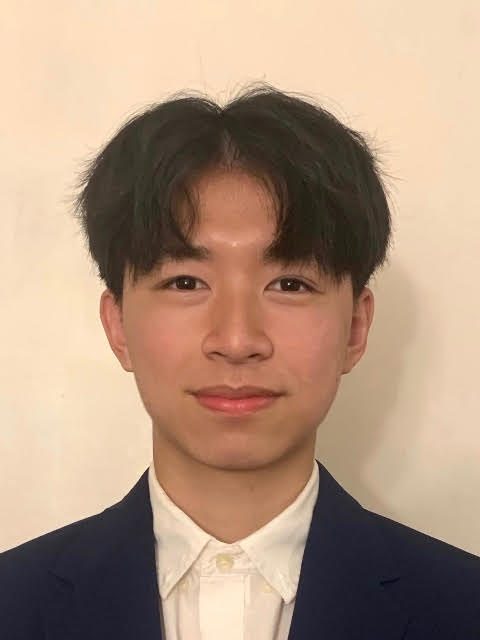
Zhebin Lin
The Spectrum Scholars initiative aims to address the development needs of young professionals by providing comprehensive mentorship, career readiness education, and networking opportunities. Each scholar is paired with a Spectrum mentor, participates in exclusive events with Charter leaders, and gains hands-on experience through paid internships, all designed to equip them with the skills and insights necessary for successful career growth.
Participation in Spectrum Scholars can also open the door to potential Spectrum career opportunities after graduation. Byron Coulter, a Spectrum Scholars alumnus, started a position with Spectrum as an Associate Development Operations Engineer this past May after graduating from Southern Illinois University Edwardsville with a degree in Computer Information Systems.
“Spectrum Scholars was instrumental in helping to shape my career path, providing not just financial aid but exposure to new career opportunities,” Coulter said. “Initially, I was interested in cybersecurity, but the broad experiences offered by the program redirected me towards data center infrastructure and ultimately, a full-time job offer with the company before I had graduated.”
The benefits of the Spectrum Scholars program extend far beyond financial assistance, offering young professionals the opportunity for professional development and the chance to expand their skill sets, explore new career paths, and grow their networks with a chance for a paid internship with the company.
“Spectrum Scholars is tailored to the development needs of young professionals, providing comprehensive mentorship, career readiness education, and networking opportunities,” Shelley Loo, Spokesperson said. “Each scholar is paired with a Spectrum mentor, participates in exclusive events with Charter leaders, and gains hands-on experience through paid internships, all designed to equip them with the skills and insights necessary for successful career growth.
